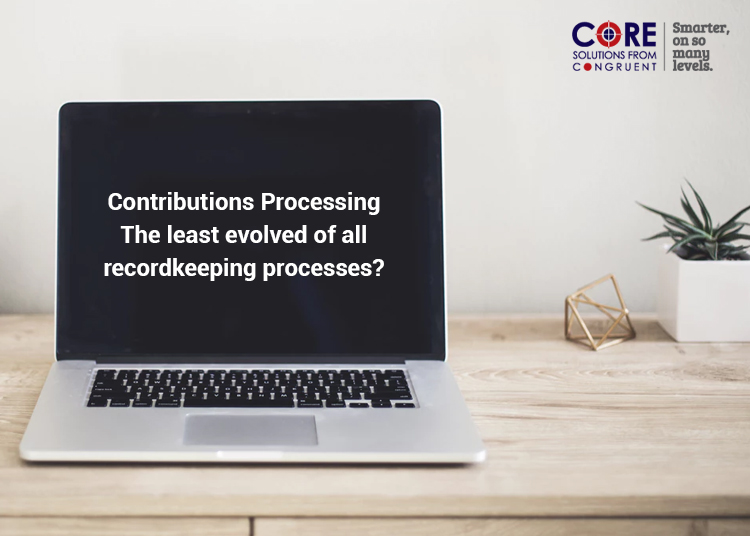
Most record keepers today use several different software, both home grown applications and external products, for managing various recordkeeping processes like enrollment, contributions, loans, distributions, compliance testing, etc. With time, some of these business processes have become more evolved and streamlined compared to some others.
There are dozens of products that are released every year, each meant to handle specific business processes in the recordkeeping cycle. These include products and packages that educate and engage participants towards retirement, tools for retirement planning and estimation, investment modelling & monitoring software and those that make enrollment process slick and easy for participants with only a few clicks. Then there are software that handle loan and distribution requests from participants, which make the whole process very easy for both participants and plan sponsors. Finally, there are numerous mobile apps that let participants check their accounts balances and track their investment performance on-the-go using smartphones or tablets. If there is one thing that is common in all these examples, it would be that all these processes are in a way linked to plan participants.
Perhaps during the last several years, record keepers had focused more on improving the lives of plan participants than they did to the plan sponsors. Of the consumers of various tools and software provided by the record keepers, the plan sponsors are a miniscule number compared to that of the participants.
Better user experience, more aesthetic appeal, simplicity of process, shorter time to completion – these were the end goals of all the process improvements we discussed in the earlier examples.
However, one key aspect of recordkeeping that is often ignored or at least still remains comparatively primitive in most systems today is the Employee data and contributions processing. Some plan providers expect plan sponsors and payroll providers to give them the data in the exact format as expected by their recordkeeping system; while on the other end of the spectrum are providers who are willing to accept data that is in any form, format or level of quality. Having the data fed in with very minimal levels of screening poses a huge threat to the integrity of the data maintained in various downstream systems. Apart from increasing the financial exposure to plan providers, inaccurate data also significantly increases the effort needed at the time of compliance testing. Not to mention the cost associated with data cleansing projects if the plan provider, at some point, decides to embark on a quality improvement journey.
Ways to avoid the aforementioned situation is by making the Employee data and contributions process more robust and by being proactive in identifying data issues. Making the plan sponsor responsible for the data, by providing self-service tools, is only half the battle won. The tool should be good enough to identify complex data issues. Further, the capabilities to notify the sponsor ahead of time by forecasting methods, especially when reaching contribution limits will be useful to have. Apart from reporting obvious data issues, the tool should be able to warn plan sponsors of potential data issues, for example data changes made to a significant percentage of participant population could indicate a possible mishap on data source.
User friendly screens that guide the plan sponsors through the entire data submission and correction process will ensure that this improved approach is widely accepted by more plan sponsors. Such improvements to the employee data and contributions processing will pave for better recordkeeping and significant reduction in overall costs.
Time and again, we have seen this as one of the most prominent pain points in the Provider fraternity and an elegant technology solution for this pain seems to be what the doctor ordered!
For contemporary technology solutions for the Retirement Providers, please go to
https://www.congruentsolutions.com/core-solutions/
